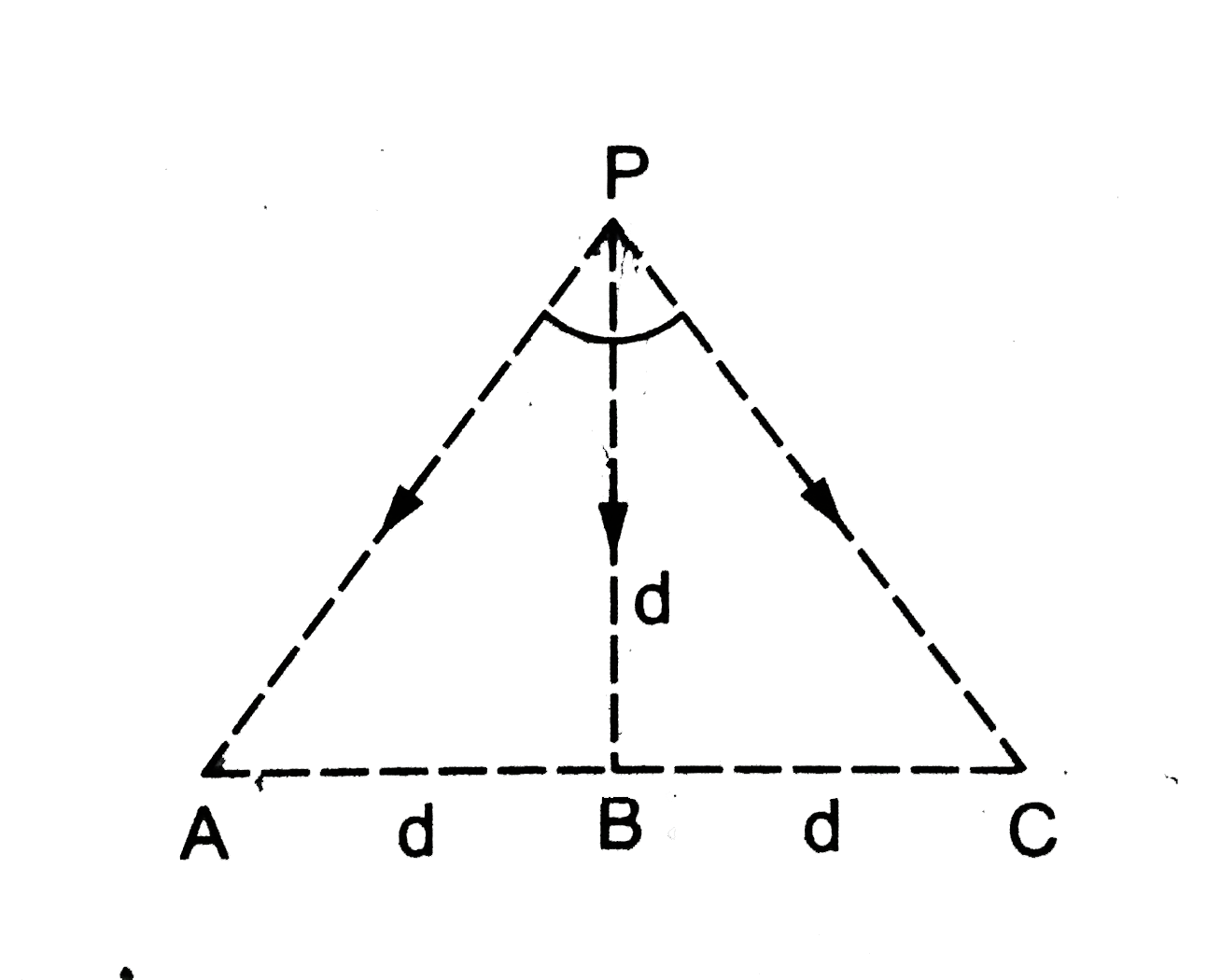Text Solution
Verified by Experts
Topper's Solved these Questions
Similar Questions
Explore conceptually related problems
HC VERMA-GRAVITATION-Worked Out Examples
- Three portion A , B and C each of mass re placed ina line with AB=BC=d...
Text Solution
|
- Find the distance of a point from the earth's centre where the resulta...
Text Solution
|
- Two particles of equal mass go round a circle of radius R under the ac...
Text Solution
|
- Two particles A and B of masses 1 kg and 2 kg respectively are kept 1 ...
Text Solution
|
- The gravitational field in a region is given by vecE=(10Nkg^-1)(veci+v...
Text Solution
|
- A uniform solid sphere of mass M and radius a is surrounded symmetrica...
Text Solution
|
- The density inside a solid sphere of radius a is given by rho=rho0/r, ...
Text Solution
|
- A uniform rig of mas m and radius a is placed directly above a uniform...
Text Solution
|
- A particle is fired verticaly upwasrd with a speed of 9.8 kms^-1. Find...
Text Solution
|
- AS particle hagin form a spring stretches it by 1 cm at earth's surfac...
Text Solution
|
- A simple pendu,um has a time eriod exactly 2 s when used i a laborator...
Text Solution
|
- A satellite is to revolve roudn the earth in as circle of radius 8000 ...
Text Solution
|
- Two satellite S1 and S2 revolve roudna planet in coplanar circular orb...
Text Solution
|
 The force ast P due to A is
The force ast P due to A is